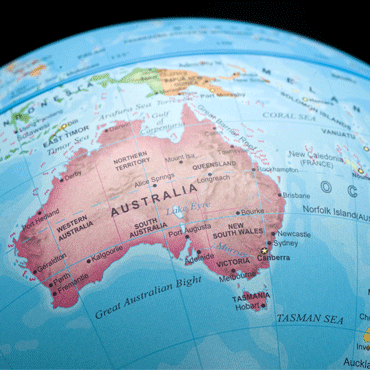IDC: IIoT one of top reasons for 5G deployment in APAC
“Industry 4.0 and Beyond: How 5G–IoT Integration Enables Sustainable Operations”, a recent survey from research firm IDC, shows that some 12.4% of respondents from APAC telecom operators consider the Industrial Internet of Things (IoT) as one of the important reasons for introducing 5G services. According to IDC, unstable wireless communications and latency are the main barriers to adoption of digital transformation. 5G networks can offer a solution for this. IDC also forecasts Asia/Pacific mobile subscriber and IoT 5G connections are set to grow from 574 million in 2021 to 3,234 million in 2025, at an 87.9% five-year compound annual growth rate.













